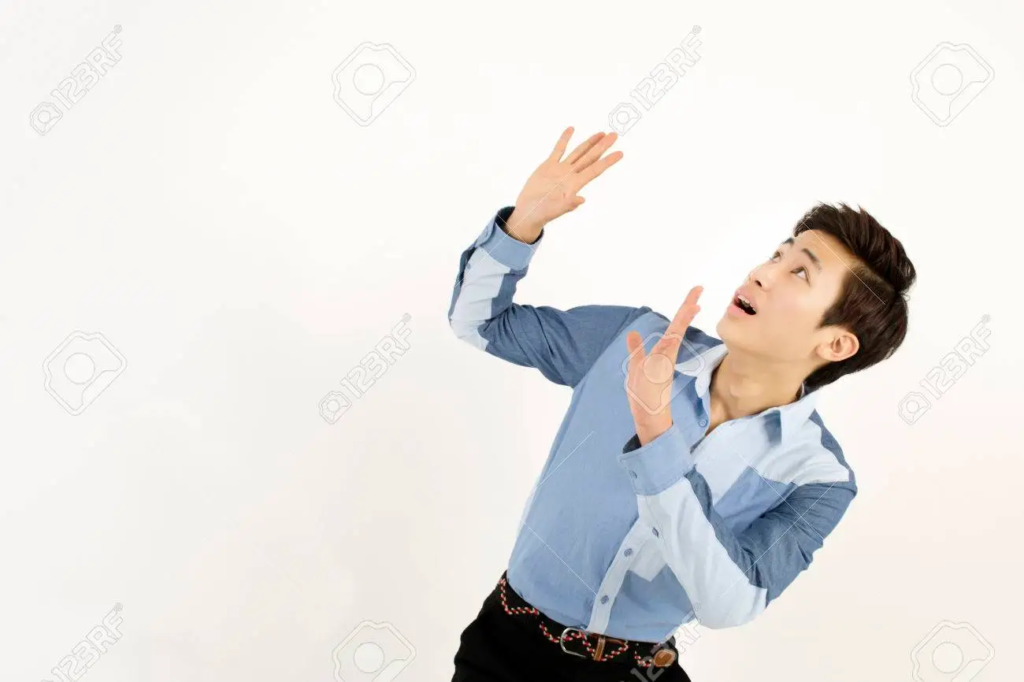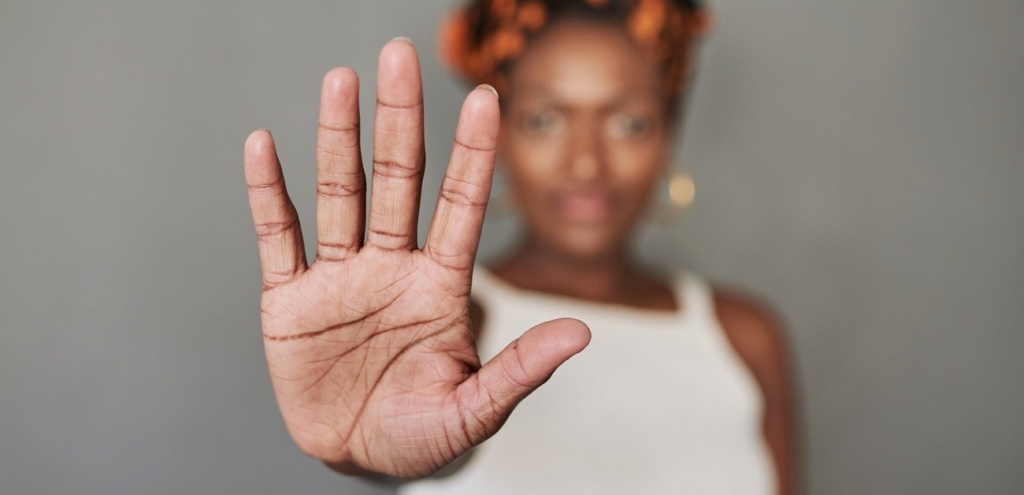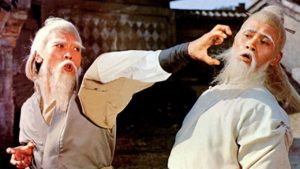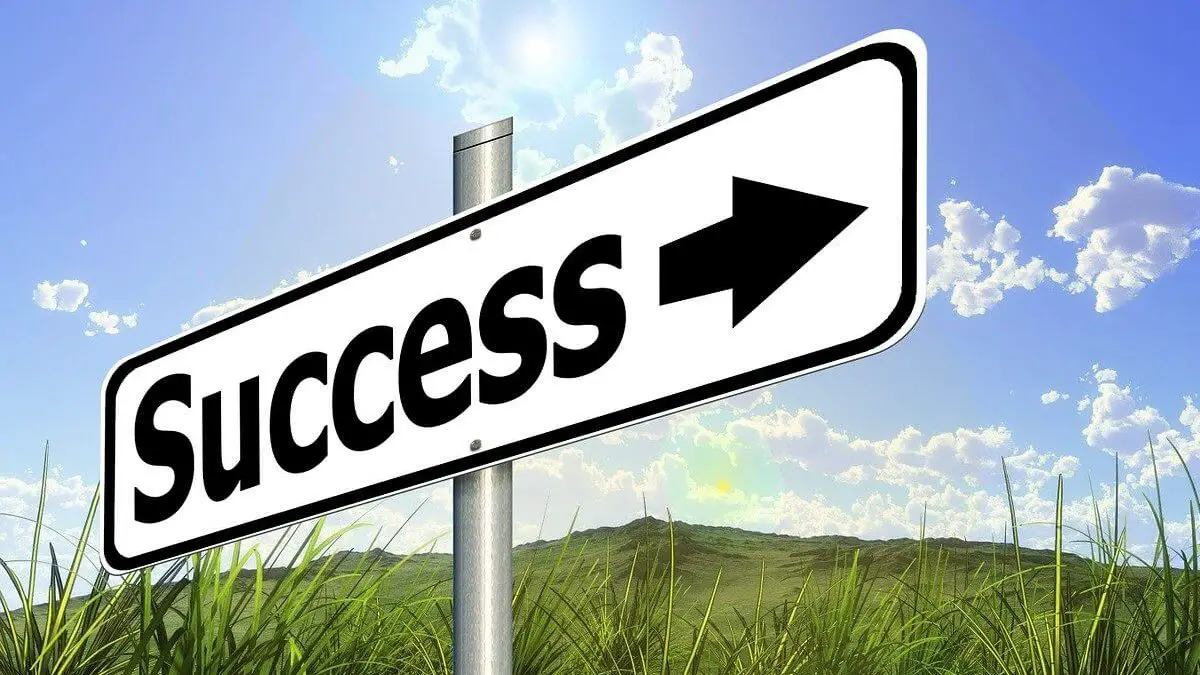For those unfamiliar, which should be very few that are well-versed in either the gun or the knife world (or both), the Tueller Drill, where the “21-foot rule” originally evolves from, “is a situational awareness and reaction-time exercise designed to illustrate the danger posed by an attacker armed with a melee weapon at close range, that underscores how quickly a close-range threat can escalate. Tueller did his tests and studies at 21 feet (7 yards) because it was already common for officers to train to shoot from this distance. Tueller found that a person would be in danger if an attacker came at him from this distance.[1] According to NRA publication Shooting Illustrated, the Tueller Drill evolved into a “21-foot rule,” which is the idea that an attacker can close a distance of 21 feet within 1.5 seconds, and that therefore 1.5 seconds is generally taken to be the minimum response time facing a threat.” (taken from Wikipedia)
Now, noting this, I actually don’t think, personally, that the Tueller Drill itself is inherently flawed by any means, and Sgt. Dennis Tueller himself has indicated a disdain for both the misinterpretation of the drill as a “rule” and the flaws in its utilization in both training and application. So I’d like this read to be more at odds with the “rule” being perpetuated in weapons-combat circles than the “recommendation”, or the original drill itself, taking into consideration that the original drill still has quite a bit of validity. That being said, let’s delve into some intangibles that are not factored into the supposed “rule”…
First, let’s establish a couple of things at the onset. A) There is no legally justifiable rule, no legal standard, that states that 21 feet-in qualifies as legal self-defense. No laws justify it as a framework distance where self-defense is legally appropriate of its own volition. “Self-defense” is a complex, three-dimensional construct that is dictated by a number of elements pertaining to the specific set of circumstances involved and is judged accordingly based on said circumstances. B) There is, likewise, also no standard industry rule that governs lethal use-of-force against a knife-wielder from 21 feet and inwards. A lot of intangibles are unaccounted for in the current assumption that 21 feet is the standard safe distance from which to draw a firearm effectively and neutralize the immediate threat. (The appropriate distance can GREATLY vary, depending on both the characteristics of the attacker and defender, and environmental dynamics) The original Tueller Drill, as stated above, was a general framework that concluded that an AVERAGE person could close the gap of 21 feet in approximately 1.5 seconds, which was also the average time it took law enforcement officers to recognize the threat, draw weapon, and fire twice. It was NOT a dedicated “rule.”
Let’s delve into some intangible factors that are not taken into account with the view of the Tueller Drill as the “21-foot rule”:
- The shooter’s draw speed – or the knifer’s, for that matter. A quick-draw can shave time and distance off a potential attack, or to propagate a potential one.
- The shooter’s firearm carry-configuration and where the firearm will be accessed/deployed from.
- The shooter’s lateral movement potential and ability to move off-line of a direct/straight-line attack.
- Barricades, cover-points, concealment areas within the vicinity that would force change of potential trajectory entirely of an attacker.
- The assumption of the knifer moving in a straight beeline towards the target. We see in countless videos from CCTV, YouTube, and other social media where an intended knifer is covert up until the point of attack, concealing the blade until in close-quarter combat range, not revealing the blade until it’s on its way inside its intended victim.
- The assumption that the shooter is fully aware of the knifer’s intent and advancement. See point #5. The situational and environmental awareness of the victim/shooter is never factored in as a viable deterrent or mitigator.
- An assumption that two shots or a cut, or any an initial attack by either the knifer or shooter would be fatal and immediately conflict-ending. (and practicing to stop entirely for either of these occurrences) Bodily-injury is a funny thing when it comes to slowing or stopping an individual. It IS possible, no doubt, as countless videos have shown. But yet other examples show the human body’s resilience and the ability to keep fighting for survival through injury that simply cannot be fathomed or explained. Pain tolerance, pain threshold, will-to-live, and unerring mission statements are potential variables, to be sure.
- Ideal conditions. The original drill was done in broad daylight, on a flat surface, with no obstructions, and one-on-one without any other people present and involved, thus skewing potential outcomes where lighting, surface, barricade, other humans, and a host of other unpredictable elements could very much change the entire dynamics.
- The speed of the attacker. The original test was designed for the “average” person, both from the attacker and defender, but it should be factored in that the speed of both could present a rather wild variable.
ALL of these present rather unpredictable intangibles throughout the process. I still feel that the original Tueller Drill has a lot of viability as a base template for timing and distance against a knife-wielding opponent. But what it’s turned into since that point has become something of myth and legend, a specific template to follow for both the gun and knife community to bicker over and argue about on social media. I’ve been wanting to write an article on this for a while now to dispel the “rule” and finally found some time with which to delve into that arena. It’s not a rule, it’s a recommendation…



















